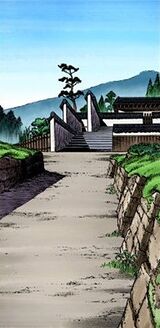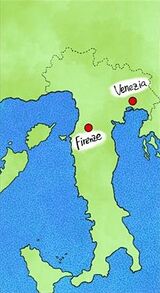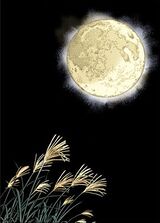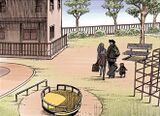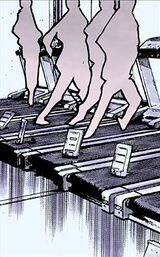Under Execution, Under Jailbreak
(Published in Super Jump #2, 1995)
What's the difference between a short story and a long story? The average reader might say that "it doesn't make a difference, does it?" But as a writer, if you don't understand the difference between the two, you may be walking down a dangerous path. Let's think about it for a moment. What types of short stories are there?
A. A work that follows the thoughts and actions of the characters.
B. A short story that captures a brief moment in time and symbolizes a life or theme in it like a flash of light.
C. Nonsense, suspense, mood, design, eroticism, and gore. A work that aims to portray itself.
D. Diaries, essays, letters.
Are there any other types? The rest are composite works of each type. When you think about it that way, what's the difference between a short story and a long story? There doesn't seem to be much of a difference at all. A short story is simply shorter, and a long story is simply longer. I suppose Hirohiko Araki's conclusion is that "it doesn't make a difference." For that reason,
Under Execution, Under Jailbreak is a suspense story written for the sole purpose of drawing suspense, based on the idea of having a death penalty and a jailbreak at the same time, all in just over thirty pages as requested. The prison is strange, and I like the fact that the people who built it have an eerie presence despite never actually appearing. (I'd call it a C-type work.)



